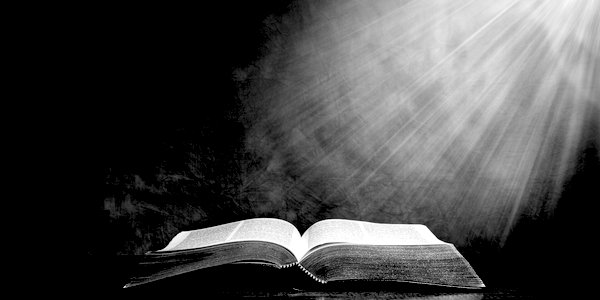WE ARE used to hearing messaging from the woke, secular and now Islamic fundamentalist movements that Christianity is in decline, Islam is on the rise and that both these trends are not reversible.
In a world of harsh rhetoric and relentless negative messages, it is easy to become despondent and pick up this prevailing narrative that Britain, culturally at least, is undergoing irreversible change and that we might as well go along with it.
Last year, quite out of the blue, I experienced a single event which confounded that message when I received a surprising invitation – to the baptism of a young Englishman into Eastern Orthodoxy in, of all places, Shrewsbury. As an increasingly occasional Anglican I had no idea of what to expect from either this church or the service. What followed was a considerable revelation.
The Church of the 318 Holy Fathers started life as a pre-AD 700 Anglo-Saxon church but the site has been in use for forms of worship for more than 4,000 years. In 1991 it was rediscovered in a dilapidated state by the Shrewsbury Orthodox community who lovingly transformed it over the years. The surrounding open fields have been filled by one of those soulless modern estates, yet its setting perfectly contrasts the enduring and the transient new.

Arriving slightly late to join the baptism service, I had no idea what to expect, but opening the church door was almost a ‘through the wardrobe’ experience. The tiny old building was dimly lit by candles, scented with incense and icons of British saints were all around, while the large circular font was being prepared with warm water for the service. The young man in question was dressed in a white robe.
The baptism service, which was both solemn and joyful, took place with the anointment completed as the young man stood up in the font – which apparently started life as the base of a circular pillar in nearby Wroxeter, once a Roman city.
This highly atmospheric service was not a short affair. It lasted about an hour and included three exorcisms. There was no doubt at the end that this young man was sincerely baptised and everyone believed that.
The service chimed with the Coronation service when the King wore a plain white robe. Prince Philip, of course, was baptised in the Greek Orthodox church. Shrewsbury Orthodox church played a small but significant part in the Coronation when congregant and iconographer Aidan Hart received a personal telephone call from the King asking him to design the cloth screens used to shield him from public view during the anointment. The King’s association with the Orthodox church is clearly deep as it has recently been revealed that he has been seeking spiritual guidance from an Orthodox monk following his cancer diagnosis.
Hiding in plain sight are images of our cultural roots back to the early days of British Christianity before the schism with Catholicism. Orthodox Christians will tell you that ‘we just do the Bible’. The English father and son who hold the Shrewsbury services do so with wisdom, grace and humour, and absolutely no doubt about their mission.
This is hugely significant as at the very core of British culture is something unchanging from the early days of British Christianity kept faithfully alive by a seemingly devoted few. I choose the adjective ‘seemingly’ with care as this Orthodox church is rapidly expanding, has a regular congregation of over 90 and with occasional worshippers is probably more like 200. They have had 30 baptisms in the past two years. The Church is now standing room only and seeking larger premises in Shrewsbury where there are Anglican churches currently unused. The congregation comes from far and wide and is probably half foreign nationals with links to other Orthodox churches and half local English. It spans all ages, with entire families attending.
An Orthodox service is a very spiritual experience with lengthy periods of chanting, music and ceremonies. There are impressive and highly educated young men and women in the congregation who have set themselves the task of properly understanding Christianity in Britain. Christianity and education were seemingly damaged beyond repair when the Vikings settled. Canterbury had just one Latin scribe whose translations were apparently abysmal. King Alfred, a saint in the Orthodox church, started the reverse of that pagan invasion by re-introducing Latin and encouraging and redeveloping Christian education.
We are used to hearing of the decline of Christianity in Britain, but only in the context of declining Church of England congregations. The secular media, of course, like to run down Christianity but the only numbers they can use are from the Church of England. What is really going on across the whole range of British Christianity is uncharted.
We are living in an age of lies and falsehoods but some of the best of our young are looking for the truth in our country. A church that is properly spiritual and unflinchingly upholds core Christian beliefs is utterly believable. It just needs to be found.











